Cinderella at 75: The Princess and Glass Slippers That Saved Disney
Celebrating 75 Years of Cinderella: How a Princess Saved Disney
In 1947, The Walt Disney Company faced a crippling $4 million debt, jeopardizing its future after the financial setbacks of Pinocchio, Fantasia, and Bambi. World War II and other factors had severely impacted the studio's European market and overall profitability. However, the release of Cinderella marked a pivotal turning point, rescuing the animation giant from potential collapse. This beloved fairytale, celebrating its 75th anniversary today, March 4th, reflects not only Disney's own journey from humble beginnings to global success, but also the world's yearning for hope and renewal in the post-war era.
A Timely Fairytale
Disney's triumph with Snow White and the Seven Dwarfs in 1937 allowed the studio to build its Burbank headquarters and embark on ambitious animated features. Yet, Pinocchio, despite critical acclaim and Academy Awards, incurred significant losses. Subsequent films like Fantasia and Bambi further burdened the company. The disruption of World War II played a significant role, as Eric Goldberg, co-director of Pocahontas and lead animator on Aladdin's Genie, explains: European markets dried up, forcing Disney to produce wartime training films and "Package Films"—collections of short cartoons compiled into feature-length releases. While these covered costs, they diverted the studio from creating full-length animated stories.
Walt Disney's frustration with this situation is evident in his 1956 statement (from Michael Barrier's The Animated Man: A Life of Walt Disney): he considered liquidation or selling out before ultimately deciding to gamble on a major animated feature, Cinderella. This was a high-stakes decision; failure could have ended Disney's animation studio.
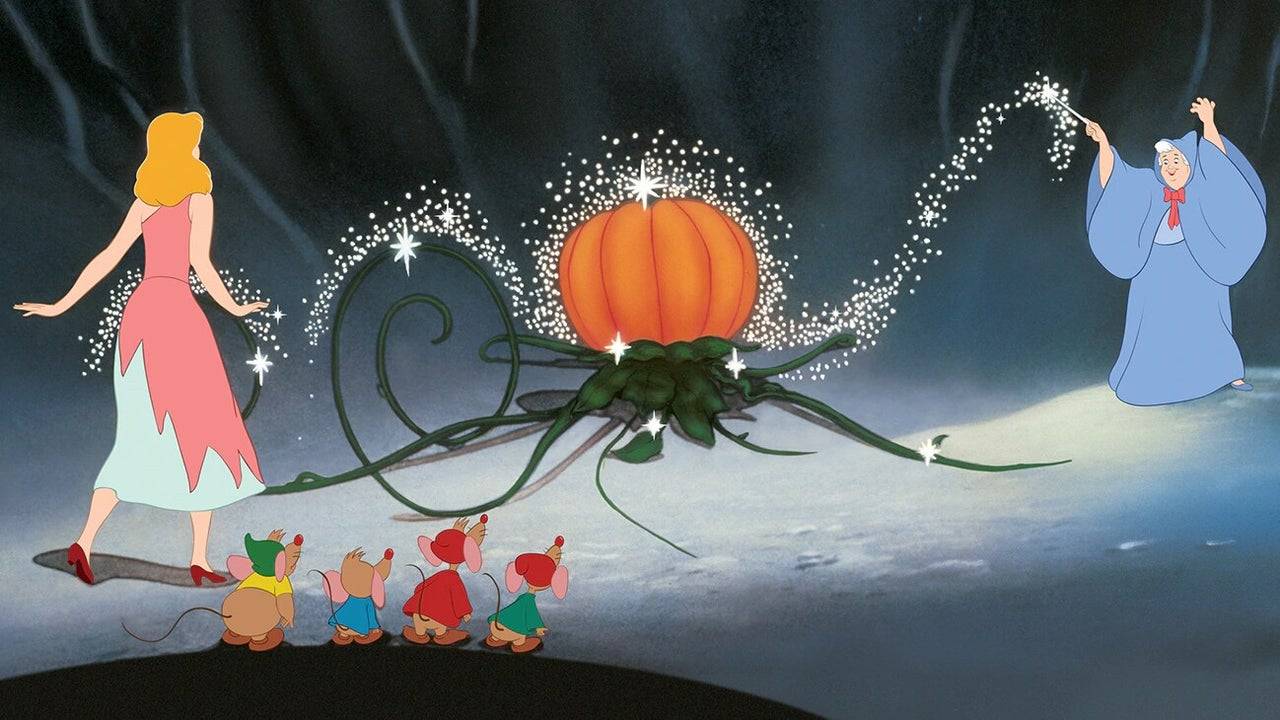
The choice of Cinderella was strategic. Tori Cranner, Art Collections Manager at the Walt Disney Animation Research Library, notes Walt's ability to reflect the times: "America needed hope and joy after the war," and Cinderella, unlike the somber Pinocchio, offered precisely that.
Cinderella's Enduring Appeal
Walt's fascination with Cinderella dates back to 1922, when he created a short film at his Laugh-O-Gram Studios. The story, adapted from Charles Perrault's classic tale, resonated with Walt's own journey. Although the Laugh-O-Gram venture failed, it underscored the rags-to-riches theme that mirrored Walt's ambitions and perseverance. He revisited the story in 1933 and ultimately decided to develop it into a feature film in 1938.
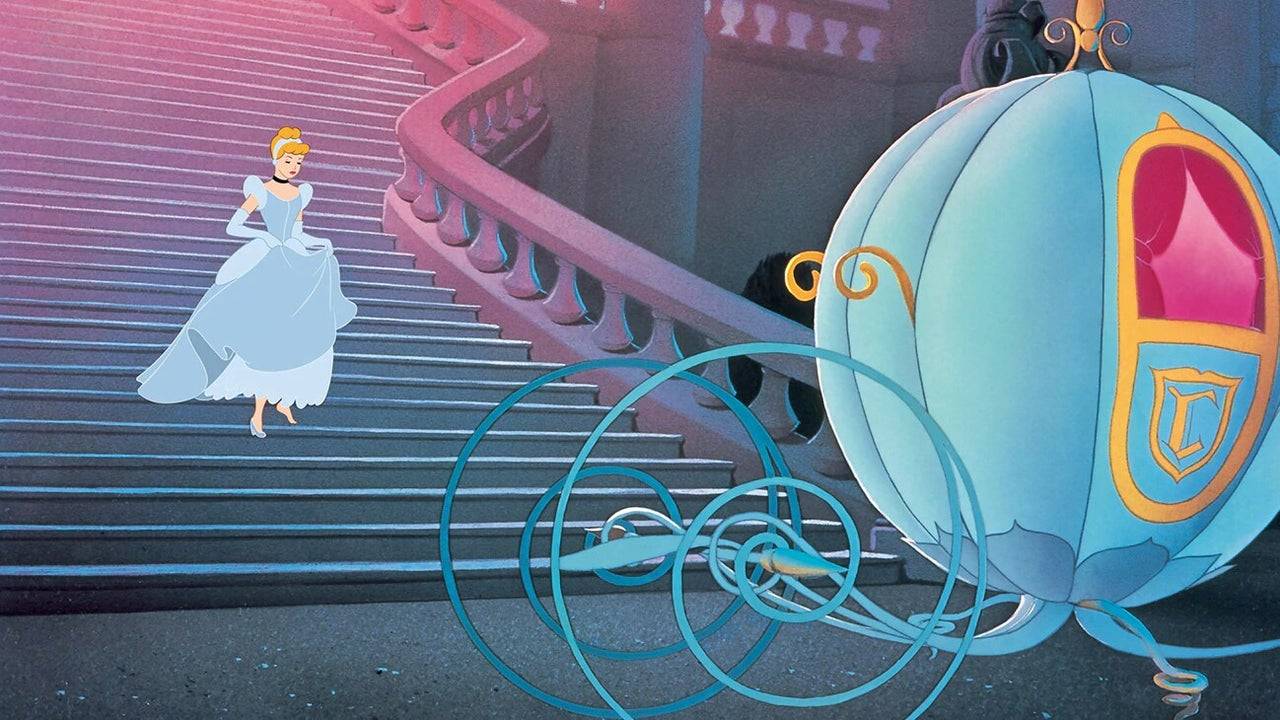
Walt saw Cinderella as a proactive dreamer, contrasting her with the more passive Snow White. Cinderella's strength and resilience in the face of adversity— mistreatment by her stepmother and stepsisters— mirrored Walt's own struggles and unwavering determination.
Disney's masterful adaptation modernized the fairytale, making it universally appealing. Goldberg highlights Disney's ability to infuse his own "taste, entertainment sense, heart, and passion" into the story, creating relatable characters and a heartwarming narrative. The addition of Cinderella's animal companions provided comic relief and allowed for emotional depth. The Fairy Godmother's portrayal as a bumbling, relatable character, rather than a regal figure, further enhanced the story's charm.
The iconic transformation scene, animated by Disney Legends Marc Davis and George Rowley, stands as a testament to the studio's artistry. Cranner emphasizes the meticulous detail, particularly the hand-drawn sparkles and the brief pause before the magical transformation, creating a moment of breathtaking wonder. The broken glass slipper, a Disney addition, reinforces Cinderella's agency and her role as the hero of her own story.
A Resounding Success and Enduring Legacy
Cinderella's premiere in Boston on February 15, 1950, and its wide release on March 4th, marked a triumphant return for Disney. The film's box office success revitalized the studio, paving the way for future classics like Peter Pan, Lady and the Tramp, and many more. Goldberg aptly summarizes: "Cinderella gave people hope… that hope can actually be realized and dreams can come true."
75 years later, Cinderella's influence continues to inspire Disney's work. Her legacy is evident in modern films like Frozen, where the transformation scene draws direct inspiration from Cinderella's magical moment. Becky Bresee, lead animator on Frozen 2 and Wish, confirms the conscious effort to honor Cinderella's impact.
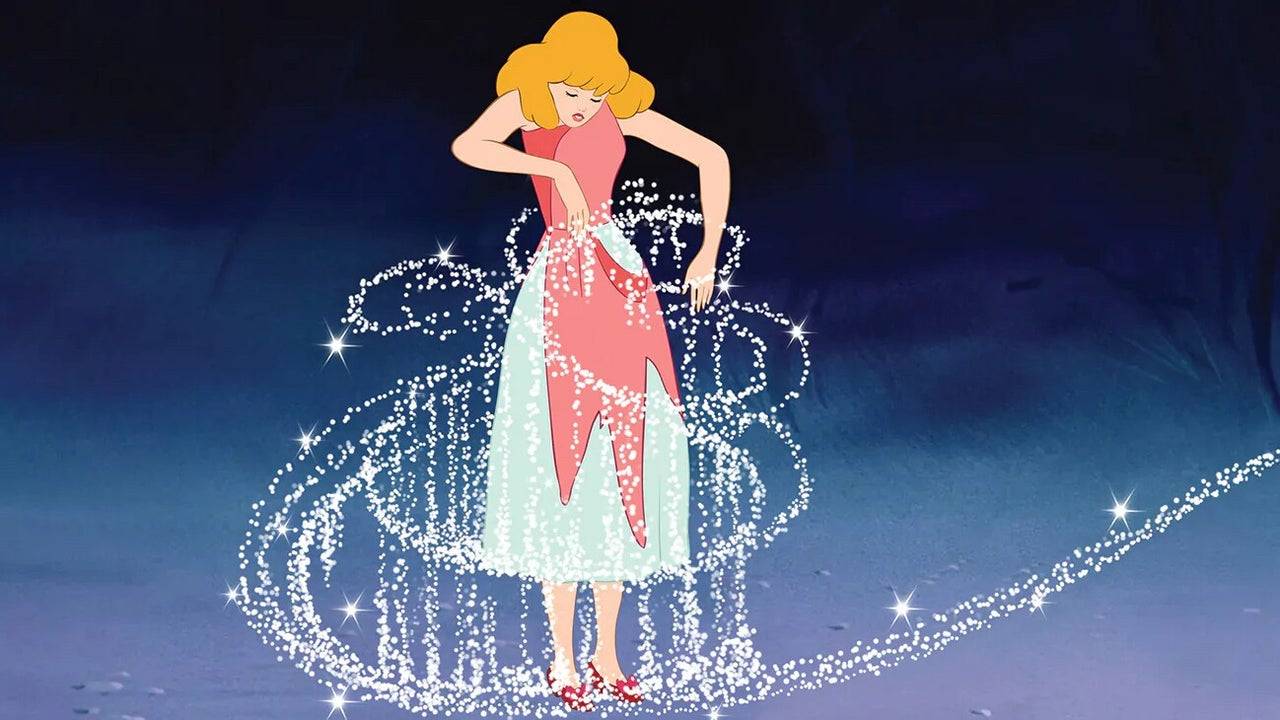
Cinderella's enduring magic lies in its message of hope, perseverance, and the power of dreams. It's a story that resonates across generations, a testament to the timeless appeal of a fairytale that saved a studio and, perhaps, the world's belief in happily ever afters.
-
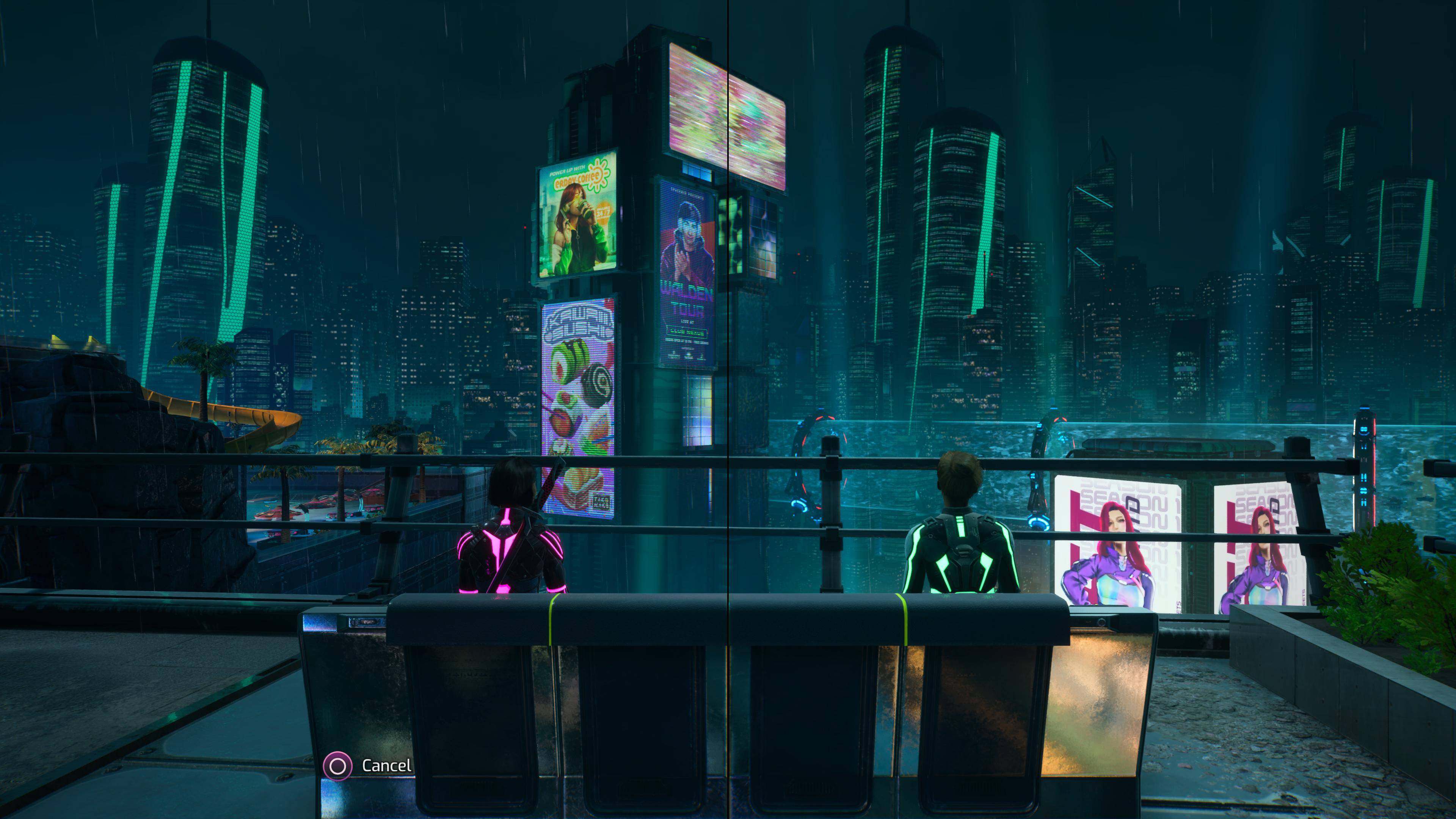 Mar 17,25All Split Fiction Achievements & How to Unlock Them Dive into the captivating co-op adventure Split Fiction from Hazelight Studios! This guide outlines every achievement, ensuring you and your partner conquer every challenge. While some trophies are earned naturally through the story, many require thorough exploration and unique actions. Use this g
Mar 17,25All Split Fiction Achievements & How to Unlock Them Dive into the captivating co-op adventure Split Fiction from Hazelight Studios! This guide outlines every achievement, ensuring you and your partner conquer every challenge. While some trophies are earned naturally through the story, many require thorough exploration and unique actions. Use this g -
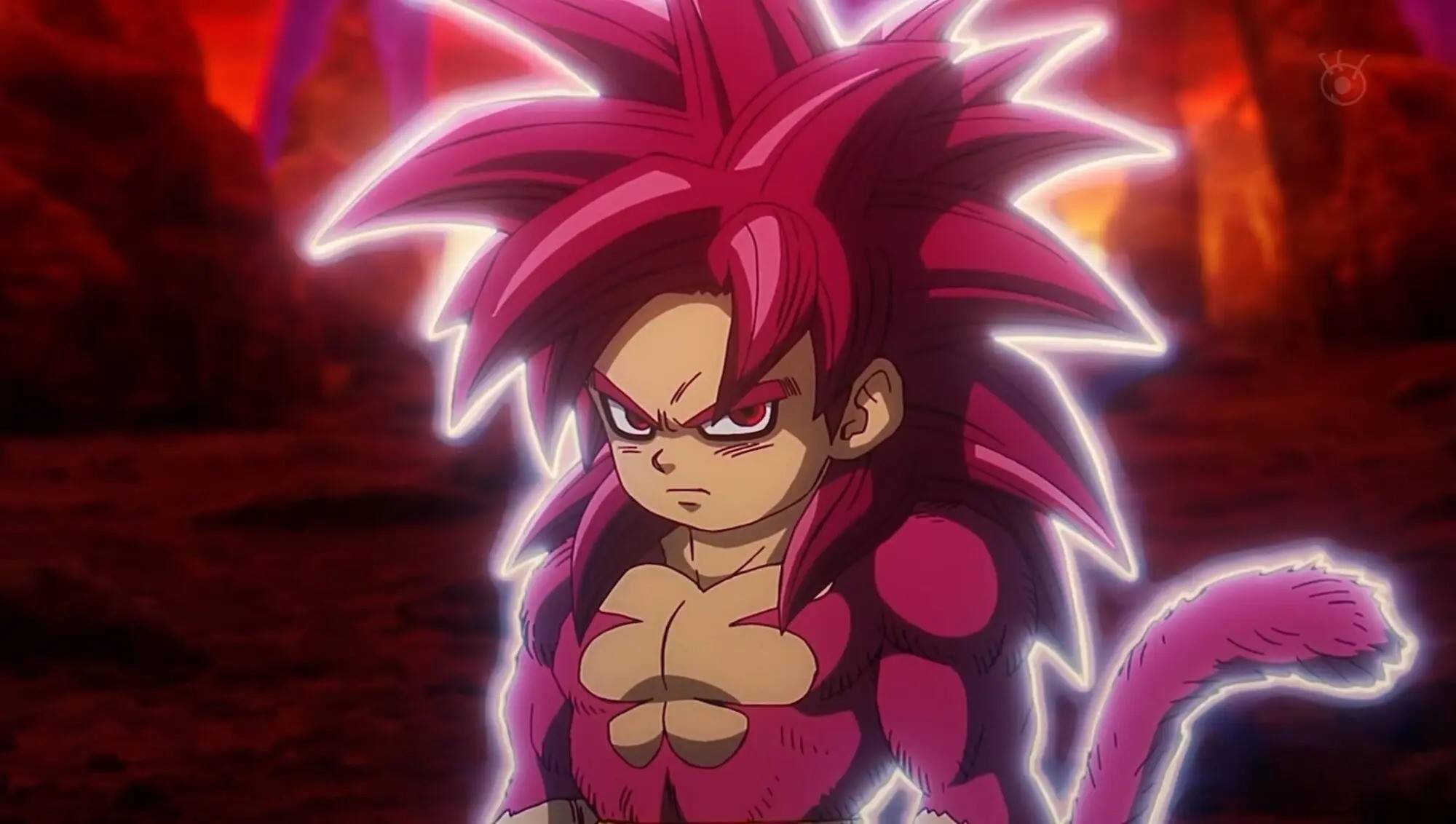 Mar 19,25How Does Dragon Ball Daima’s Finale Explain Goku Never Using Super Saiyan 4 in Super? The climactic battle in Dragon Ball Daima's finale pits Gomah against Goku, showcasing Goku's newly acquired form. This episode naturally led many fans to anticipate an explanation for Super Saiyan 4's absence in Super. So, how does the finale address this?In episode 19, after Glorio's wish restore
Mar 19,25How Does Dragon Ball Daima’s Finale Explain Goku Never Using Super Saiyan 4 in Super? The climactic battle in Dragon Ball Daima's finale pits Gomah against Goku, showcasing Goku's newly acquired form. This episode naturally led many fans to anticipate an explanation for Super Saiyan 4's absence in Super. So, how does the finale address this?In episode 19, after Glorio's wish restore -
 Jan 16,25Girls' Frontline 2: Exilium Tier List Released Another free-to-play gacha game, another character ranking to guide your investment choices. This Girls’ Frontline 2: Exilium character tier list helps you prioritize which characters are worth your resources. Girls’ Frontline 2: Exilium Character Tier List Here's a breakdown of currently available
Jan 16,25Girls' Frontline 2: Exilium Tier List Released Another free-to-play gacha game, another character ranking to guide your investment choices. This Girls’ Frontline 2: Exilium character tier list helps you prioritize which characters are worth your resources. Girls’ Frontline 2: Exilium Character Tier List Here's a breakdown of currently available -
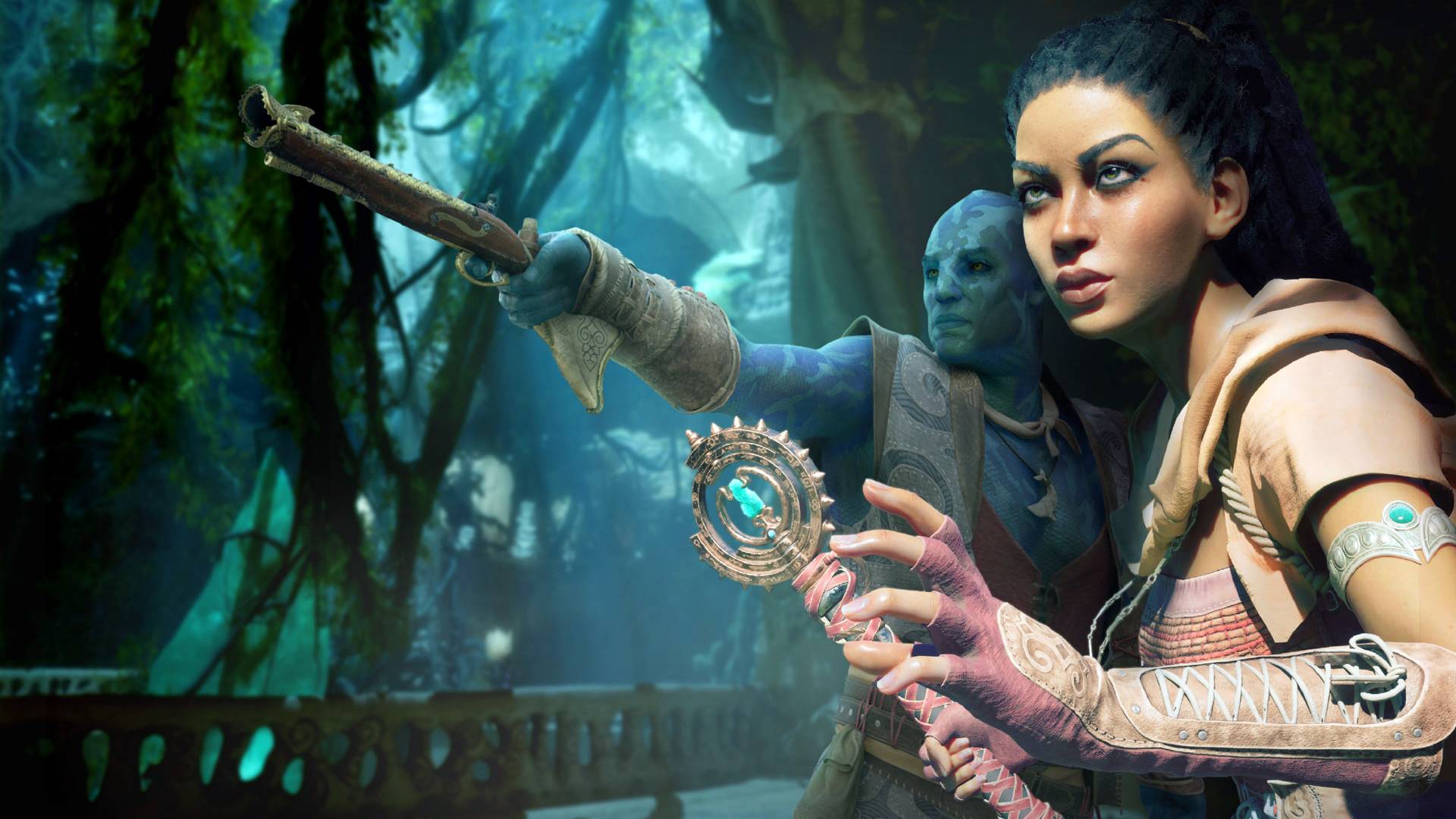 Mar 18,25Avowed Best PC Settings for Max FPS *Avowed*, a visual masterpiece, immerses you in a richly detailed world. To fully appreciate its stunning graphics without sacrificing performance, optimizing your PC settings is key. This guide helps you strike the perfect balance between breathtaking visuals and smooth gameplay.Recommended Videos
Mar 18,25Avowed Best PC Settings for Max FPS *Avowed*, a visual masterpiece, immerses you in a richly detailed world. To fully appreciate its stunning graphics without sacrificing performance, optimizing your PC settings is key. This guide helps you strike the perfect balance between breathtaking visuals and smooth gameplay.Recommended Videos
